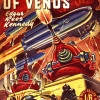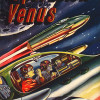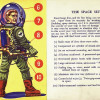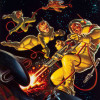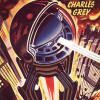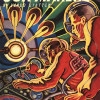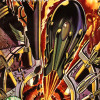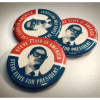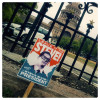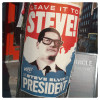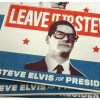For many, MK12 is where it all started.
Just as Kyle Cooper’s iconic title sequence for Se7en signaled a renaissance for the craft of opening credits, the quirky in-house shorts created by MK12 in the early 2000s marked the beginning of a new age of motion design. MK12 proved that motion design could be more than an accessory to a narrative experience — it could be the experience itself.
Before they created shorts with titles like “UltraLoveNinja” and “4D Sweater Porn,” MK12 created “Man of Action!: The Terrible Cosmic Death” back in 1999.
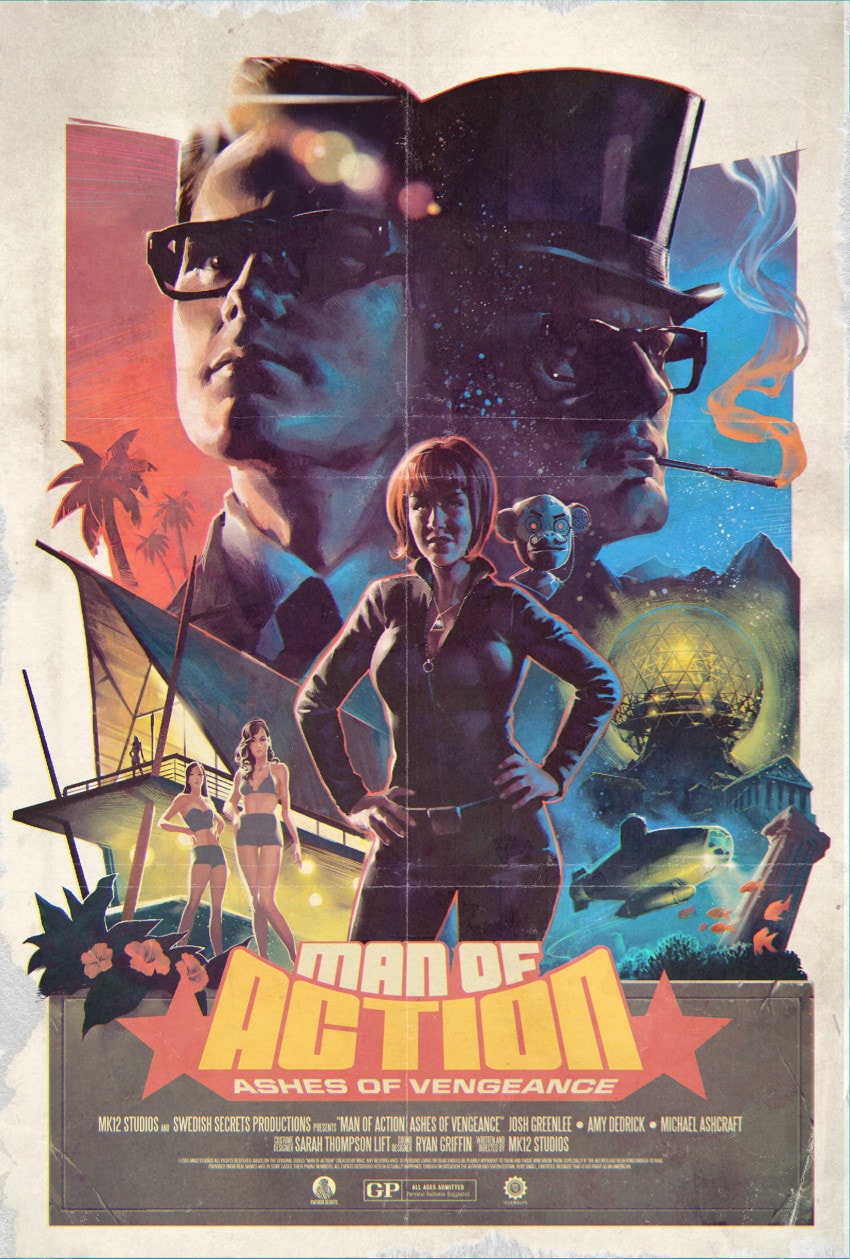
Now, a mere 15 years later, MK12 has put the finishing touches on its sequel, “Man of Action! II: Ashes of Vengeance.”
The full film won’t be online until it’s finished the festival circuit (which could be a while). To tide us over, MK12 co-founder Ben Radatz flung open the proverbial kimono and shared some fantastic making-of details with us.
If you’re an MK12 fan, this will be a joyous experience. If you aren’t familiar with MK12, put down your Snapchat, turn off your hoverboard and pay attention, young whippersnapper!
Q&A with MK12’s Ben Radatz
For the uninitiated, who (or what) is “Man of Action”? And why did you decide to make a sequel?
Man of Action was the very first film we made as a collective, way back in ‘99. It’s an idea we came up with over a Christmas break we’d been watching a lot of Bond films and were really into camp ‘60s scifi and pop album art, so we thought up a story about a low-budget “lost” series from that era that we discovered.
Here’s our disclaimer from the beginning of that script:
While this may appear to be normal, it is not normal at all. Everything is fast. Don’t be fooled by length. It’s not this long. It’s twenty pages or so, but will occupy about four minutes of screen time. Promise.
It actually came in at around six minutes, but still goes by lightning fast. Our reasoning was that the “original” show didn’t have a budget for a full 30 minutes on air, so they just crammed the whole story into one block.
That episode is called #26: Terrible Cosmic Death. In it, playboy superspy Mr. President Dr. Steve Elvis America and his sidekick popstar kleptomaniac pervomonkey Robobobo do battle with Mr. The Tha Mad Misunderstood Evil Maniac, a closet circus clown hellbent on destroying the Earth for no good reason.
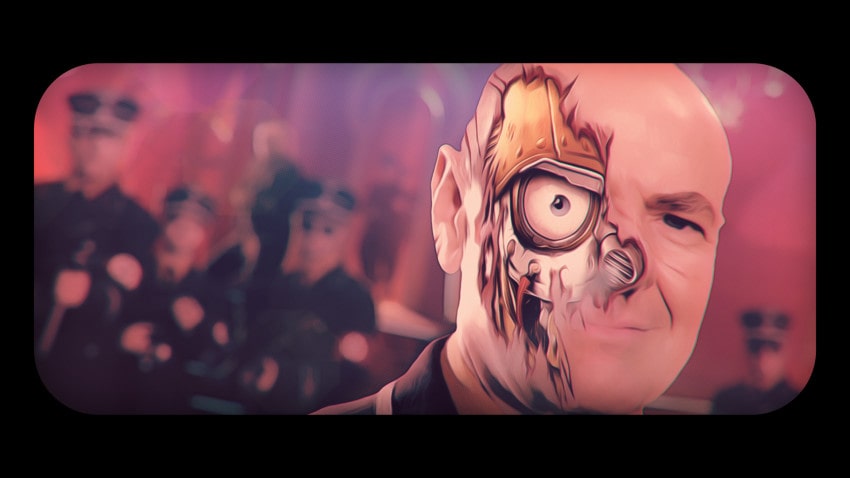
Still from “Man of Action! II: Ashes of Vengeance”
This new episode (# 336: Ashes of Vengeance) takes Mr. President Steve and Robobobo to the rings of Saturn to expose a Nazi jewel and sex trafficking ring — and instead stumble into a much more sinister conspiracy involving a cocktail waitress and a mysterious organization known as the League of Ninjaneers.
We wanted to do the sequel as sort of a twelve year anniversary present to ourselves; since it was the first film we made, we thought it’d be an interesting experiment to see how far we’d come since, as animators and as storytellers.
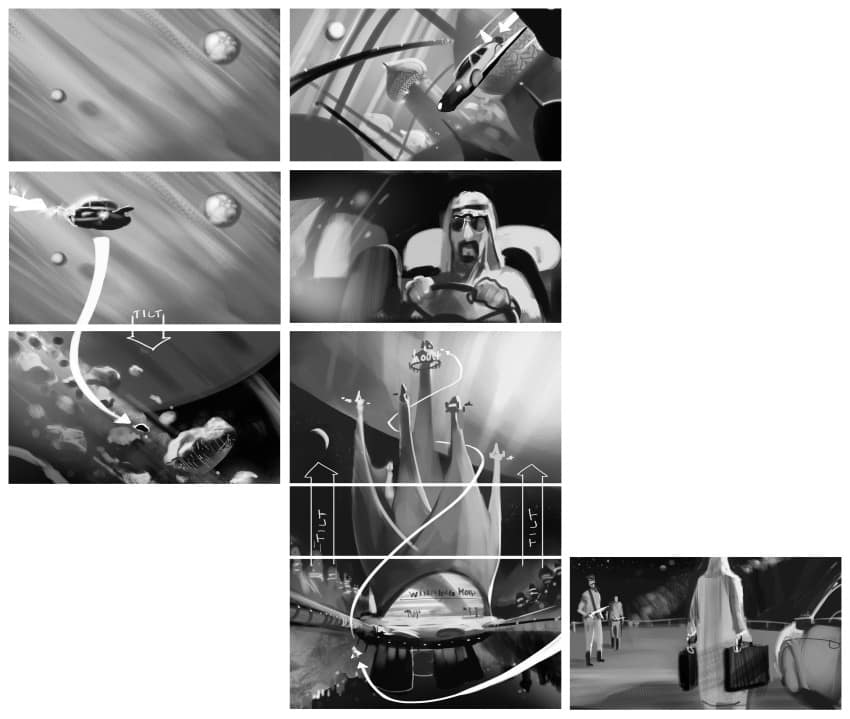
Storyboard (detail)
…and three years later, here we are! Not to say it didn’t see the back-burner often during that time, as these things do.
Tell us about the aesthetics of this series. What were some of the major stylistic inspirations and how did you develop an “ownable” look for yourselves?
I mentioned that the original was inspired by ‘60s B scifi’s and pop album art; this time around we were really into pulp sc-ifi paintings from the ‘40-50s, especially those of Ron Turner and Frank Kelly Freas, who had a way of staging their images for maximum drama and action: really deep perspective, super bright colors and accents, lots of crossfire and conflicting angles. Their subjects are always backlit no matter where the real light source is.
That’s what came first: figuring out how to get things to look perpetually backlit in 3D, and also on set, and then have those match when compositing. From there we kept adding pulp ingredients until we felt like we had a good handle on translating the illustrated look into motion.
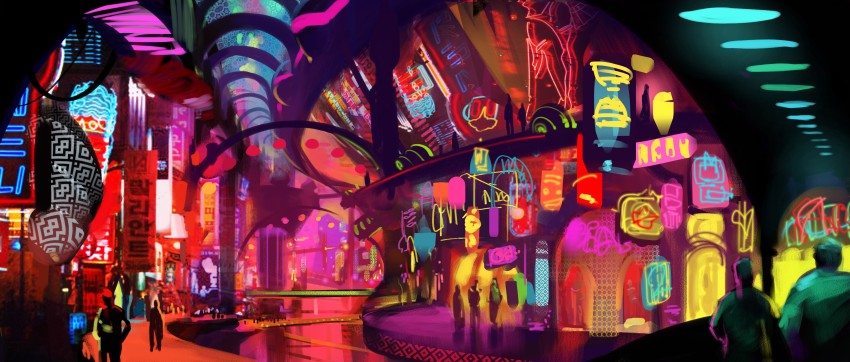
Concept art
On top of that, we wanted to bring back things from the original film that we really had fun with — the choppy movement of the characters, the poorly translated dialogue, the near-incomprehensible narrator montages. So even though the look is evolved, it’s still of that universe.
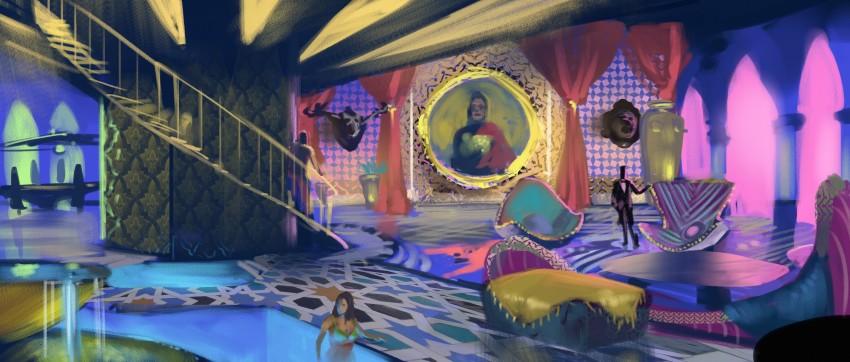
Concept art
Character movement took a lot of R&D as well. Though we liked the stop-frame approach we took with the live action in the original, we wanted to figure out ways to selectively give full motion to characters, and to be able to move around them while frozen in time (without a bullet time budget). So we developed a number of tricks, some of which we used while shooting, others during post production.
Creatively speaking, what was the most challenging aspect of the film?
I think most motion designers would agree that continuity is probably the toughest part of any animated project. Trying to define a look and animation style, and the steps needed to apply them, and then trusting that to hold water over an extended period of time, is stressful! In our case we went down several paths before we finally hit on a good formula.
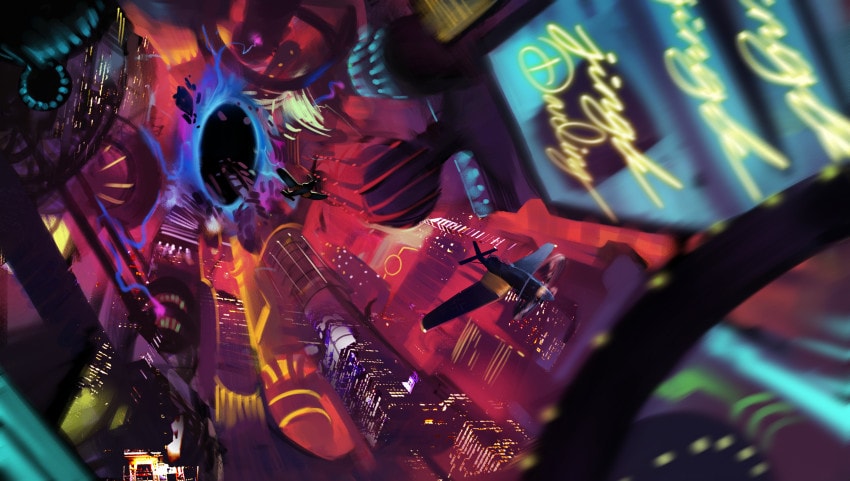
Concept art
We’d made a lot of concept art early on, and along with our pulp inspiration we had a good blueprint for what we wanted the film to look like. Getting it to still feel painterly in motion, along with the live action, was the tough part.
We experimented with different ways of smudging images using displacement maps, and adding/removing detail through rotoscoping, and even though we got really cool results, they just didn’t hold up across the board.
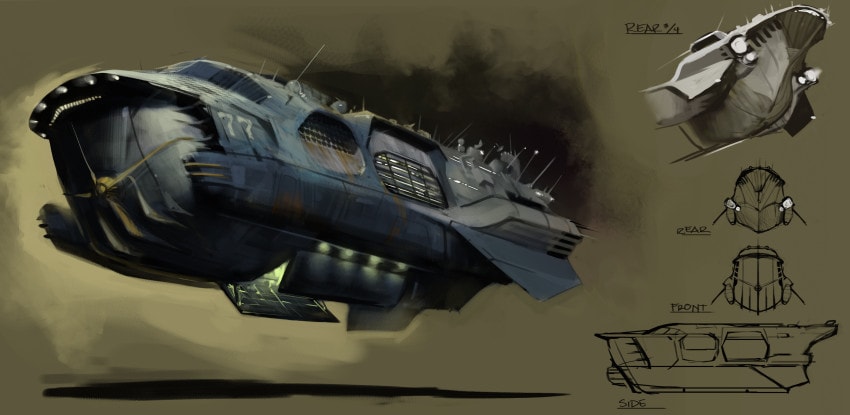
Barge concept art
Technically speaking, what was the toughest part?
We found that the easiest way to dial in the “pulpness” of a 3D image was to just render out a ton of passes with different lighting and environmental properties, then rebuild the whole thing in compositing. That way, we could treat the live action with the same settings, which gave everything a uniform look. But managing those passes was a bit of a headache.
Who are the actors?
Amy, who plays Monet LaRouge, is a neighbor of mine. By coincidence, her adversary Mr. President Steve now is, too. Others are people we know and/or have worked with on past shoots, or just kind souls who answered our pleas for help.
Did you guys build your own green screen setup for the live action components?
One of the nice things about being in Kansas City is: space. Our current studio is an old scooter garage with high ceilings and no dividing walls, so when we moved in we split it down the middle and installed a proper cyc stage. It’s a blessing for how we work, since we can shoot things and test them out right away on our workstations, and go back and make adjustments.
In contrast, when we shot “History of America” in ‘07 we had to rent a local stage, which really limited us once we got to assembly, as we weren’t able to shoot new takes or change the lighting.
The sound design and music are fantastic. With whom did you work on that?
Ryan Griffin from Division Q up in Detroit is an old friend of the studio, and we’ve worked with him lots on animated projects, but this is our first time doing sound design with him.
He’s a bit of a mad scientist with old synthesizers and electronic gear and came up with a really great library of custom effects for the film. His partner Gerry Schiano did the official Man of Action mnemonic, which we use a couple of times, as we have commercial breaks in the film.
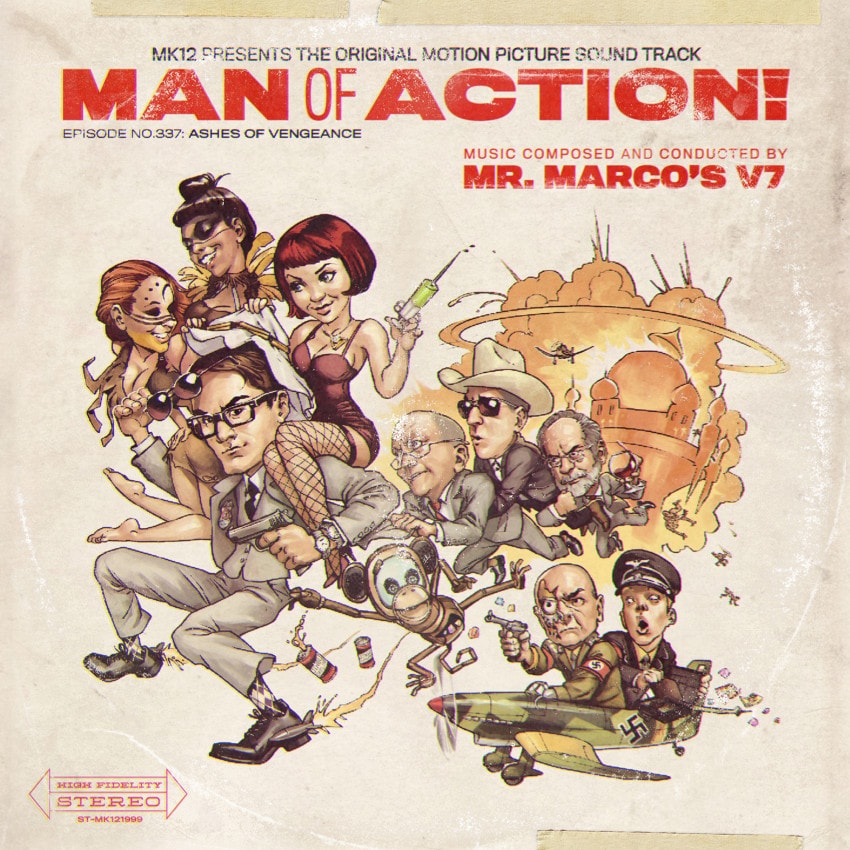
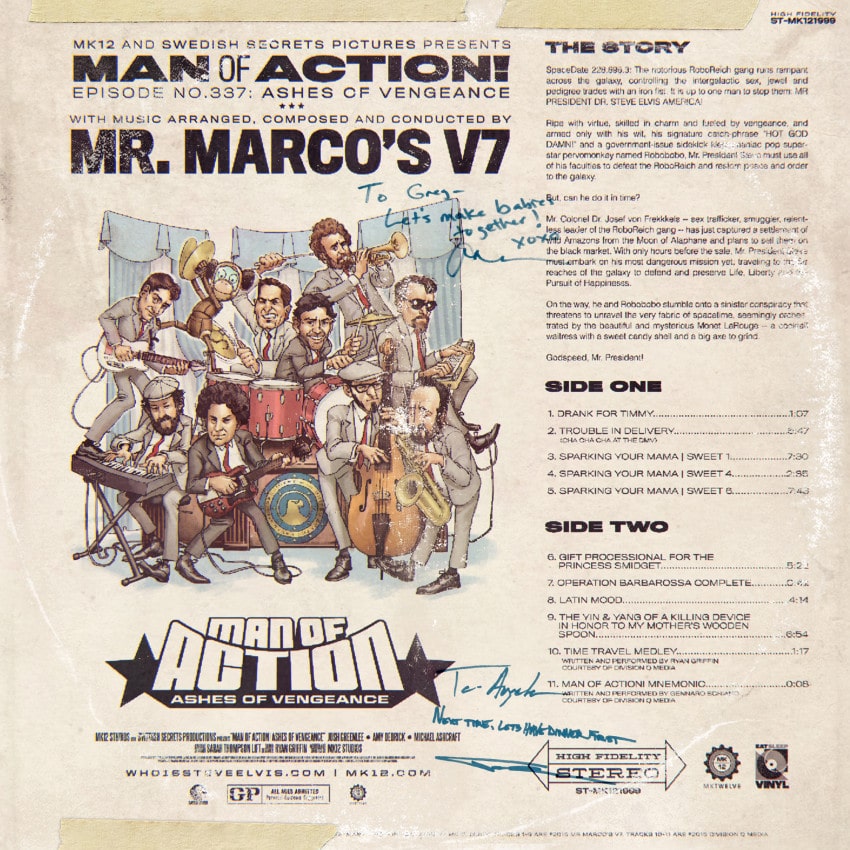
The score is from Mr. Marco’s V7, a Kansas City-based psych/jazz outfit who already sound like they make soundtracks to lost ‘60s B-films, so we were able to use a lot of their existing tracks verbatim. On top of that, they composed a couple of original tracks for the film, including the title sequence.
Everything was mixed and mastered by Chad Meise, who is something of a legend on the KC jazz scene he’s an old-school engineer with a great ear for dialing things in and warming up the mix.
What are your hopes and dreams for Man of Action: Ashes of Vengeance? What’s the ideal outcome?
We usually work on these kinds of things without an end goal in mind, as it’s too easy to lose sight of what needs to be done to actually get there, and we don’t want to set ourselves up for disappointment should we need to abandon a project for one reason or another.
But now that it’s done, we hope for a good festival run and ideally some kind of extended life afterwards. We love the premise and universe of Man of Action and wouldn’t think twice about developing it as an ongoing series.

With a lot of our short films we not only think about what goes on screen, but also how we can have fun with it through other channels — for example, earlier this year we went down to SXSW and planted STEVE FOR PRESIDENT campaign signs everywhere.
We’ve made t-shirts, stickers, posters, even coasters and a website for Jingle Darling Lite Ale, a faux product placement in the film. We did a Kickstarter to fund an LP release of the soundtrack, which will be out in a few months.
We love promotion and building a world around our films just as much as we love making the films themselves.
You’ve just started the whole festival circuit submission process, right? Any ideas yet when and where people will be able to catch the film?
Not yet—all the spring fests just had their deadlines, so we won’t know about those for another month or two. But we’ll be posting updates on social media, and once it runs its course in the real world (assuming it does!), we’ll have it online.
Zooming out: The big picture
How has MK12 changed in the last 15 years?
In most ways, we’re the same studio we were back when we started. We still have the same goals and ambitions, a lot of the same influences and creative ticks, and mostly the same members. And while we mostly work in motion, we’ve never felt beholden to any particular medium, so we’re always moving with the tide.
We’re a bit bigger now — back then we were four guys in an apartment, now we’re eight in a proper studio. We have lots more junk on our walls and bookshelves. Everyone we bring on changes the studio to some degree with their own aesthetic, so the work itself is more eclectic. But we’re very proud to have maintained our base all these years.
What’s mostly changed is the industry. When we got our start, boutique studios were just beginning to flourish and we rode that wave for quite a while. Networks and agencies loved that model — prices were lower, the work was novel, and they got a lot of personal attention. But in the past few years, it seems that the trend has been to centralize the work around a handful of bigger shops again, as it was back in the ‘90s and before. So we’ve been adapting to that and finding ways to work around the obstacles.
We’re also notoriously introverted and used to hiding behind our website, which was our only link to the outside world. But these days, it’s impossible to survive without some social presence, so we’re venturing out a bit more than we used to.
We love it, though! We’re like when your grandma first discovered Facebook, and now she won’t stop posting. For better or for worse.
You guys have a long history of producing self-initiated shorts. Why do you create in-house projects?
We didn’t start off with ambitions to become a commercial animation studio — we always figured that’d be an offhours distraction to our day job, so making our own content precedes any kind of business plan we came up with later on.
From a commercial perspective, it helps us stay in control of the type of work we get, to the extent that we can. Making things that we like, without a client or commercial filter, lets potential clients see possibilities that they may not have considered before.
And it keeps us on our toes, forces us to evolve and learn new techniques, and teaches us how to work together better as a collective. R&D is a luxury on client jobs; making time elsewhere is essential, lest the work start to become derivative.
It also teaches us about branding. “UltraLoveNinja” and a several other of our films work in tandem with studio rebrands — we’ll relaunch our site, make custom typefaces and other collateral, all derived from the look and theme of the film.
What’s the most valuable lesson you’ve learned as a studio?
That there’s no right way to do anything, and that every project is a brand new bag, necessarily.
…and to enjoy the ride. It’s so easy to burn out otherwise.
Okay, you can be honest: You guys know how instrumental you’ve been in attracting many motion designers “of a certain age” to this field in the first place, right? What’s that feel like?
“Of a certain age”…? My, we are old, aren’t we?
Whenever we end up in a book about motion design or get to see one of our films in a festival context, or when we talk with a client and they tell us they’ve been following our work since school, it’s immensely satisfying. I suppose that’s the goal of anyone who makes things to put work out into the world on their own terms and have it be received as such. We’re no different there.
We think we have some pretty good ideas sometimes, and we’re ever grateful that we have a platform to express them. We don’t take that for granted; if anything it’s encouragement to keep pushing ourselves further. We have no reason for being if not for our audience, old and new.
What are your plans for the next 15 years?
It’s gonna get interesting! More than any time in the past, TV and film are becoming more pluralistic. Online will take over everything, and nobody can really predict what that will do to this industry. We have to trust that there will always be a market for new ideas and design, and that will supersede any new tech or industry trend.
We’re getting more into content creation, and we’d like to focus on that much more in the future. We’ve always been diligent about making our own content, but thus far it’s been a sidebar to the work that actually pays the bills. We’d like for that to become much more central to our actual business model.
More than anything though, we’d just be happy to be around for another fifteen years, still doing what we love to do as a group.





